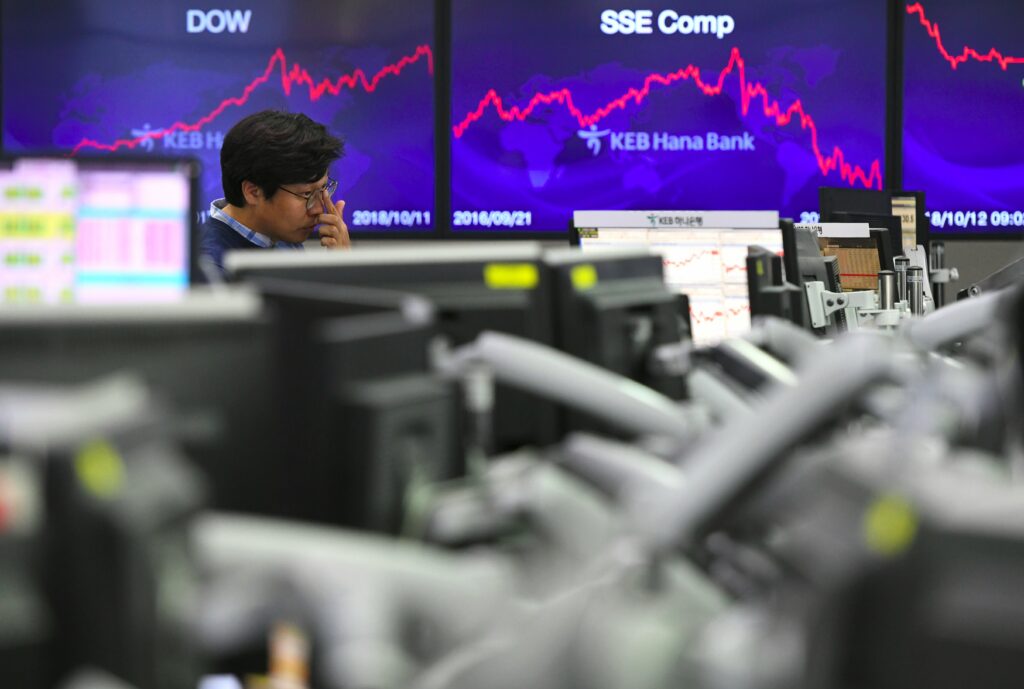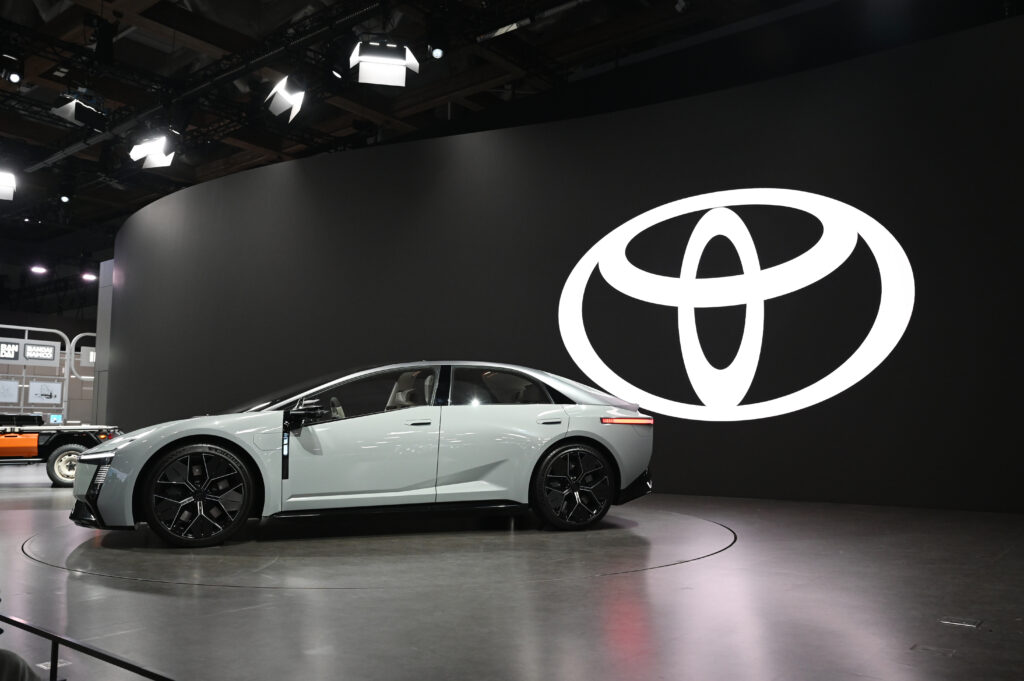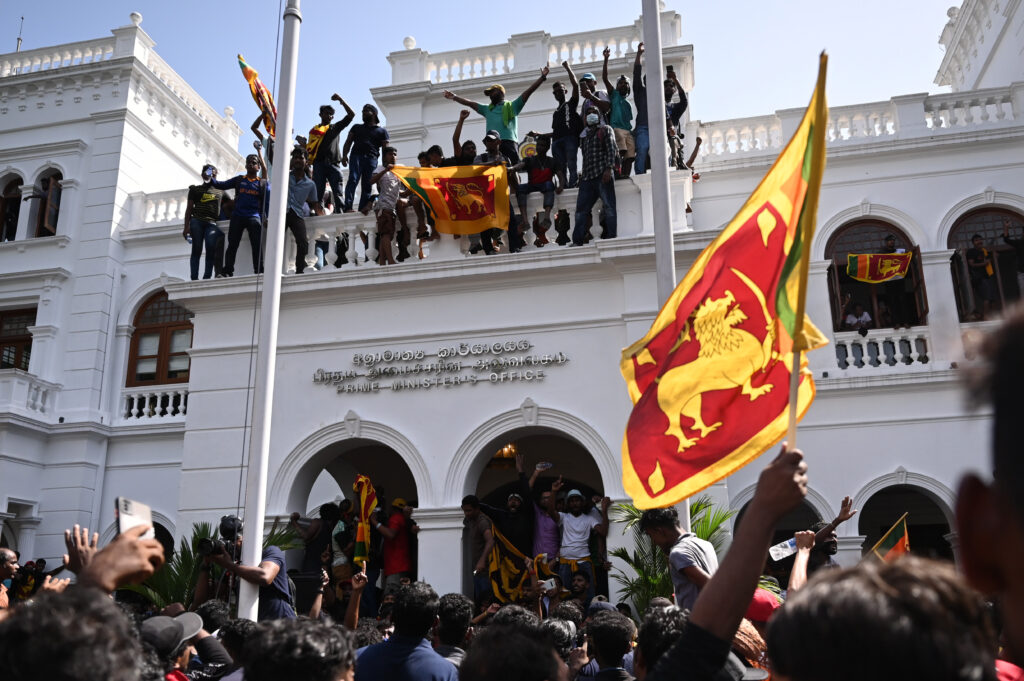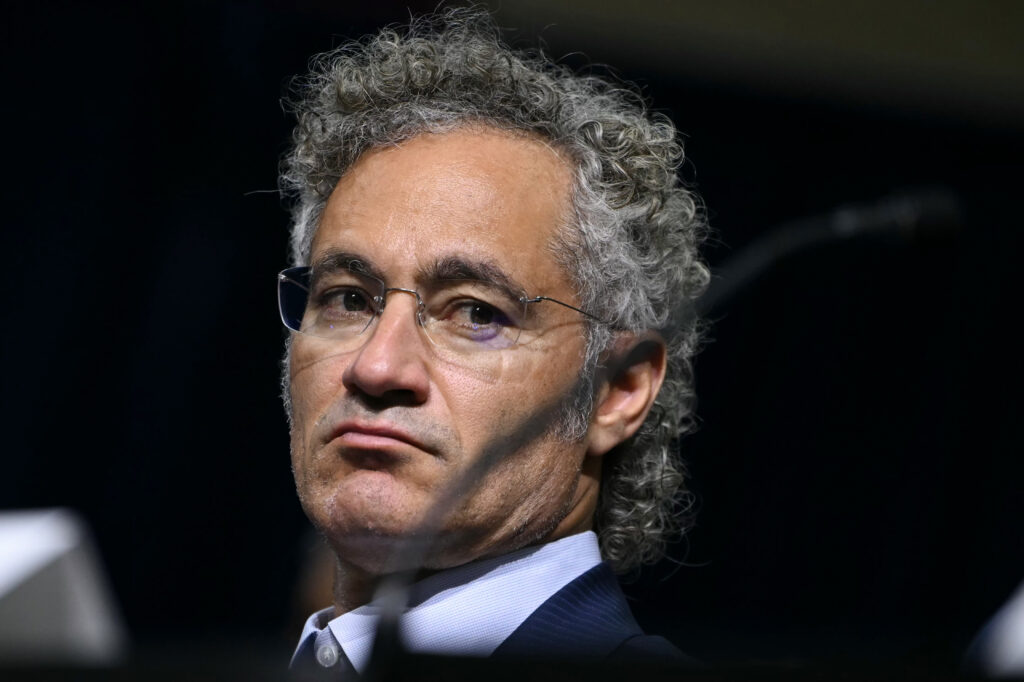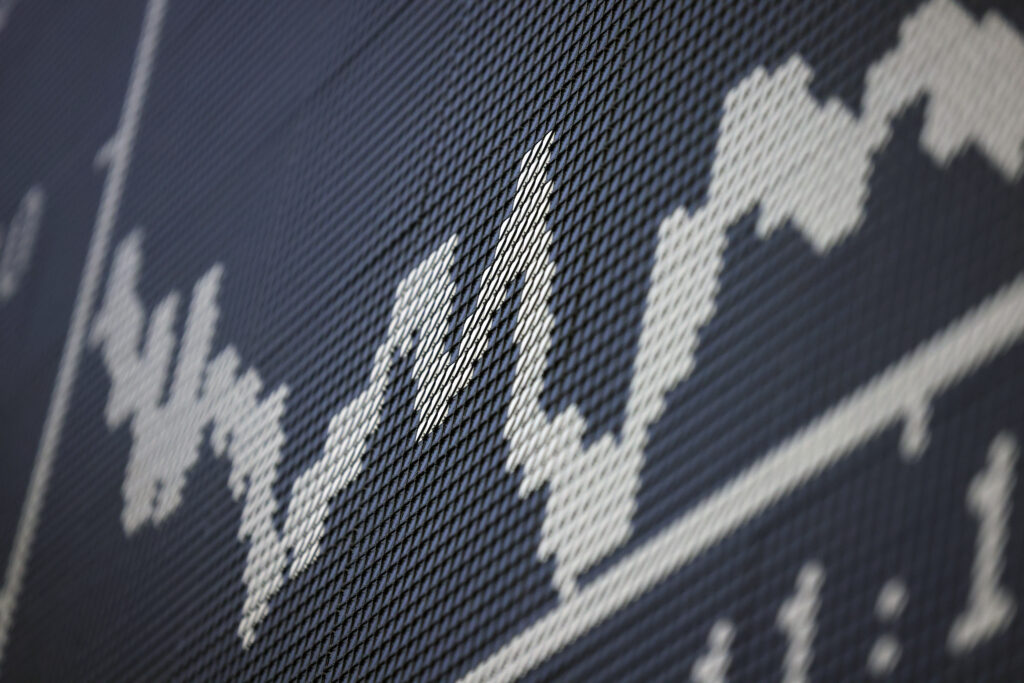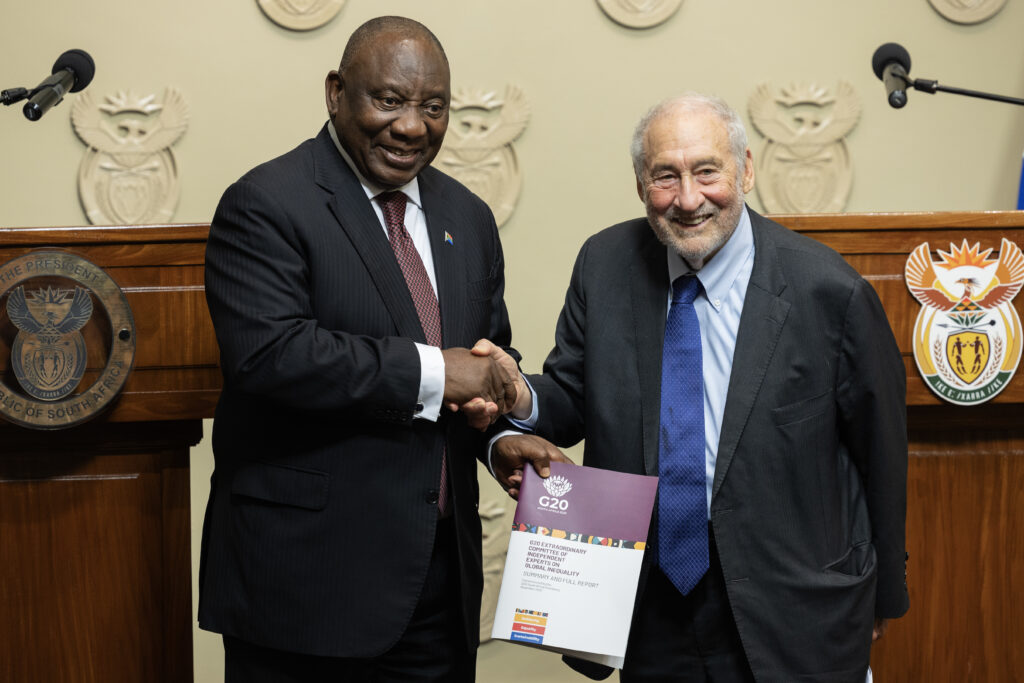Asian markets sink as tech bubble fears grow
Tech companies led a sell-off across Asia on Wednesday as investors grow increasingly worried about an AI bubble following a rally this year that has seen valuations hit record highs.Global markets have soared this year as an eye-watering flood of cash piled into companies linked to artificial intelligence, including US titans Nvidia, Amazon and Apple as well as Asian firms Samsung and Alibaba.But despite strong earnings releases in recent quarters, traders have started questioning the wisdom of chasing ever-higher prices, with cash mostly funnelled into a handful of big-name companies.The gains have also been helped by an easing of US trade tensions and expectations that the Federal Reserve will continue to cut interest rates into the new year.However, last week’s warning from the US central bank that another reduction in December was not a foregone conclusion jolted sentiment.After an uncertain start to the week Monday, Wall Street tumbled on Tuesday, with the tech-rich Nasdaq down more than two percent and the S&P 500 off more than one percent.US software firm Palantir slumped 8.0 percent despite reporting a 63 percent surge in revenue and profit. Traders were also spooked by a slump in New York-listed Super Micro Computer in after-hours business and disappointing forecasts from Advanced Micro Devices. Asia took up the baton in the morning, with Seoul and Tokyo the hardest hit, having just hit record highs.However many markets recovered as the day wore on and pared many of the losses.Seoul tanked six percent at one point — with chip giants Samsung and SK hynix taking a beating — but ended the day down 2.9 percent.”I view today’s decline as a correction to cool off an overheated market — a phase of adjustment,” Chung Hae-chang, analyst at Daishin Securities, told AFP.”The recent rally was extremely steep, so this is the counterbalance.”He also warned Seoul’s Kospi index could decline five percent further and that “SK hynix and Samsung may also see corrections proportional to their earlier gains”.Tokyo finished 2.5 percent off, having dived more than four percent. Still tech investment giant SoftBank still lost 10 percent and Sony more than one percent.Nintendo, however, finished up more than six percent a day after the gaming firm hiked forecasts for its Switch 2 console and annual profits.- ‘Sea of red’ -Taipei was off more than one percent as market heavyweight and chip-maker TSMC gave up three percent.Hong Kong, Singapore, Sydney, Manila, Bangkok and Jakarta also fell but Shanghai and Wellington edged up.London, Paris and Frankfurt opened lower.”In the lead-up to the session, traders had been rotating out of the lower-quality end of the market and into the higher-quality plays, and this dynamic resulted in poor breadth within the US equity indices,” said Chris Weston at Pepperstone.He added that dynamic had changed and traders were “cutting back on their winners and locking in performance, with the Magnificent Seven (leading tech stocks) basket and AI plays driving equity risk lower.”And Mike Gitlin, president and chief executive officer of Capital Group, said that while earnings are strong “what’s challenging are valuations”, according to Bloomberg.His comments came at a financial summit organised by the Hong Kong Monetary Authority on Tuesday, where other business leaders including Morgan Stanley boss Ted Pick and Goldman Sachs’ David Solomon warned of a big correction.Saxo Markets’ Charu Chanana said two questions were echoing across portfolios.”Those who’ve ridden the rally from early 2023 are sitting on substantial gains and wondering if it’s time to lock in profits (and) those still on the sidelines are feeling the pull of (fear of missing out, questioning if they’ve missed the best entry point.”Both are fair concerns. The AI boom has pushed the ‘Magnificent’ names to new highs, but under the surface, their stories have begun to diverge between companies monetising AI today and those still investing for tomorrow.”The uncertainty across markets was also felt in the crypto universe, where bitcoin briefly fell below $100,000 for the first time since June, a month after topping out at a record high above $126,000.- Key figures at around 0815 GMT -Tokyo – Nikkei 225: DOWN 2.5 percent at 50,212.27 (close)Hong Kong – Hang Seng Index: DOWN 0.1 percent at 25,935.41 (close)Shanghai – Composite: UP 0.2 percent at 3,969.25 (close)London – FTSE 100: DOWN 0.2 percent at 9,693.95Euro/dollar: UP at $1.1494 from $1.1479 on TuesdayPound/dollar: UP at $1.3038 from $1.3019Dollar/yen: DOWN at 153.57 yen from 153.66 yenEuro/pound: DOWN at 88.16 pence from 88.17 penceWest Texas Intermediate: FLAT at $60.57 per barrelBrent North Sea Crude: FLAT at $64.45 per barrelNew York – Dow: DOWN 0.5 percent at 47,085.24 (close)
